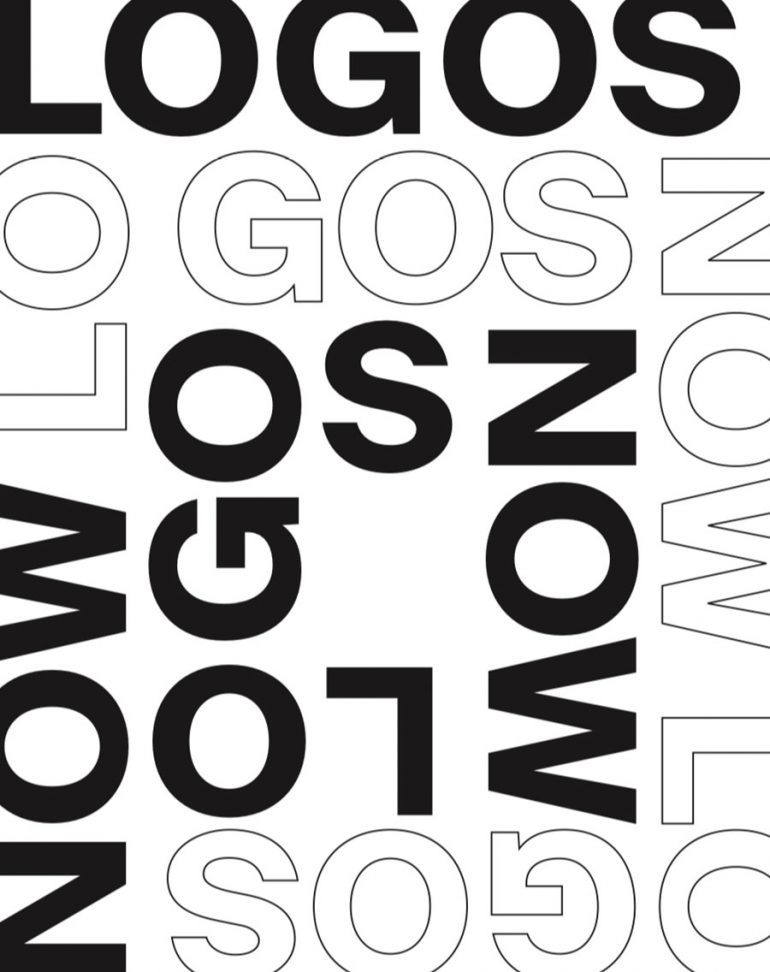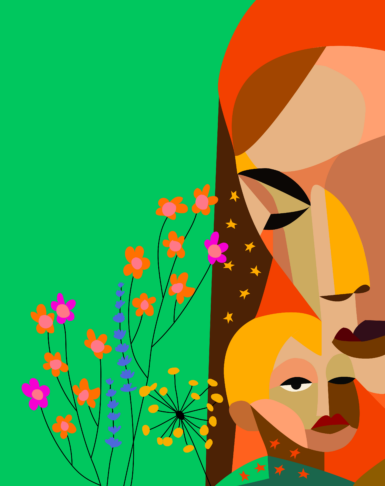Check out an exclusive breakdown of Logos Now on Adweek.
How do logo styles evoke distinct brand perceptions and personalities for consumers?
The findings will surprise you: Click here to download the report.
Siegel+Gale surveyed 3,000 respondents in the US and UK regarding logos for more than 100 of the world’s largest brands.
Logos Now sheds light on what makes a logo design memorable and how logo styles evoke brand perceptions and personalities for consumers.
As a fact-based branding firm, we are often asked by clients how to evaluate the success of a logo design. In order to provide insights on what makes logos successful, we set out to:
- Determine which logos are most memorable
- Measure the benefits of more memorable logos
- Establish the role of familiarity in logo associations
- Identify which personality traits different logo styles evoke


